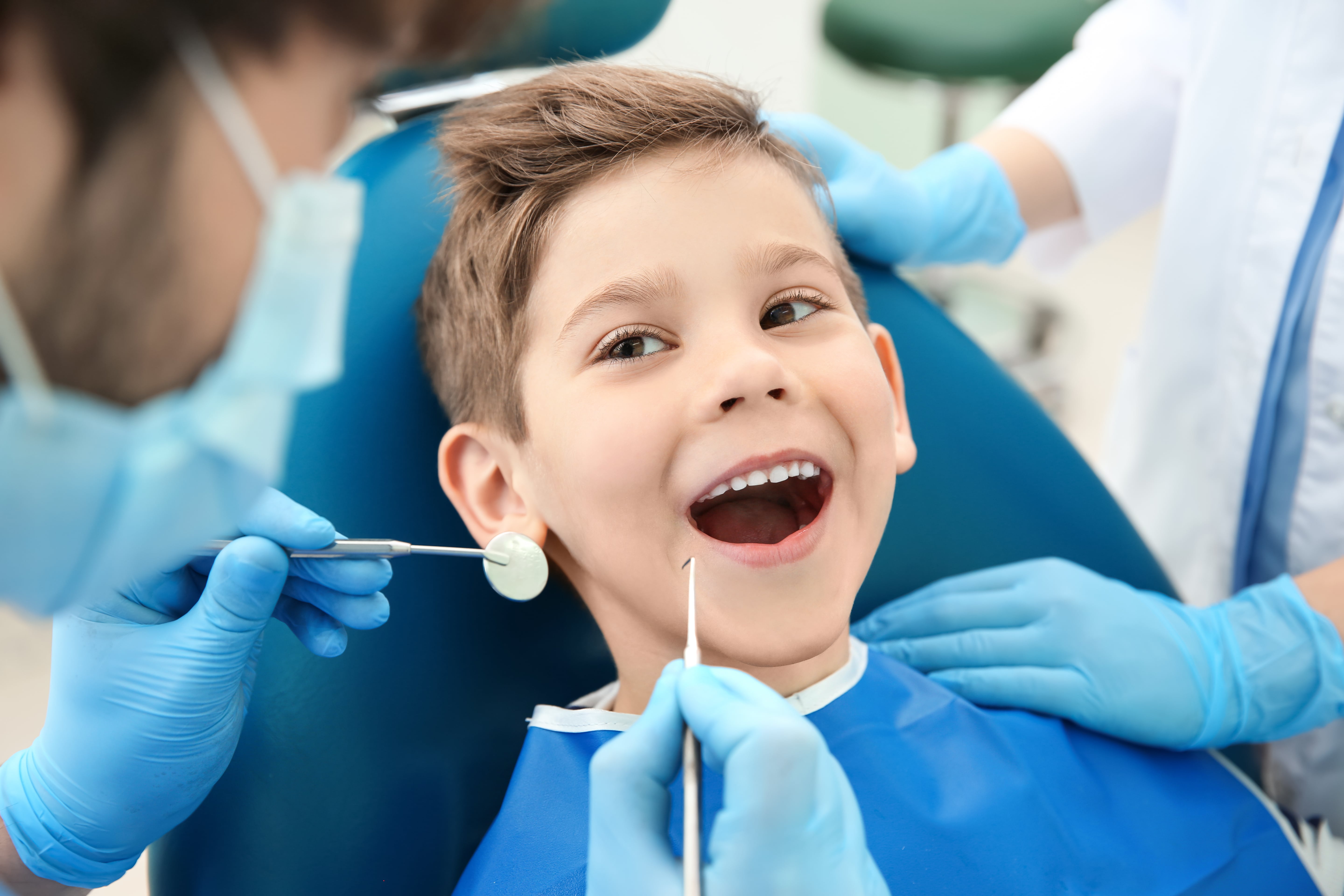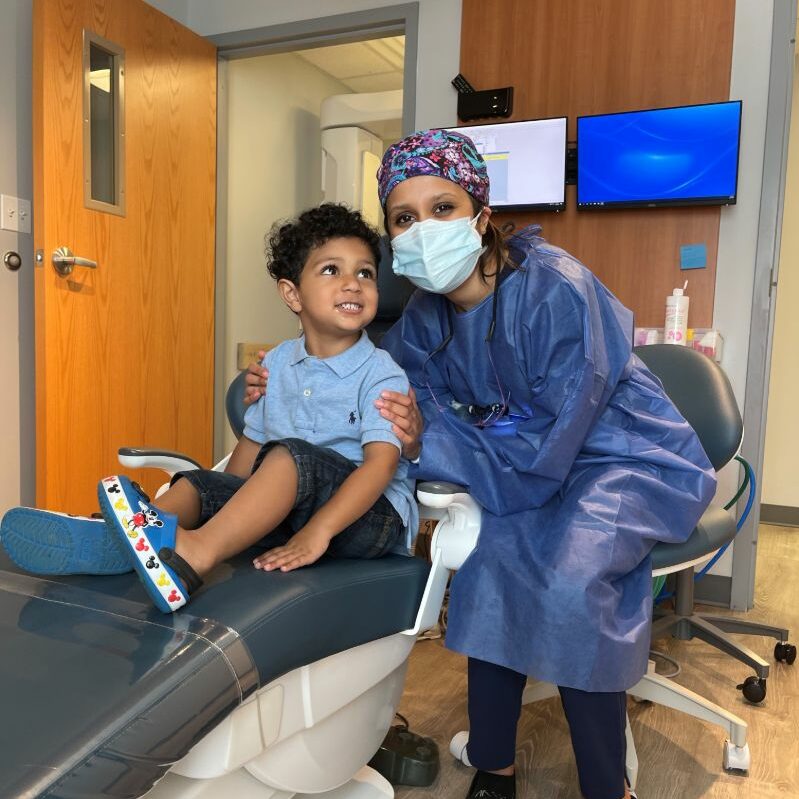Pediatric Dental Emergencies: What Parents Need to Know for Quick and Effective Therapy
In the realm of pediatric medical care, dental emergencies can occur suddenly, leaving parents not sure of just how to deal with the situation successfully. Comprehending the indications, sorts of injuries, and immediate activities to take can make a substantial distinction in the outcome for a youngster's oral health and wellness. With a fast and proper reaction, moms and dads can mitigate potential long-lasting consequences and guarantee their youngster receives the needed treatment immediately. By being prepared and educated, parents can play a crucial duty in safeguarding their kid's dental health.
Signs of Pediatric Dental Emergencies
When analyzing pediatric oral emergencies, it is critical for parents to be alert for specific indications suggesting possible serious concerns. One of the main indicators of a dental emergency situation in youngsters is consistent tooth discomfort that is not relieved by over the counter discomfort medicines.

Common Kinds Of Oral Injuries
Typical types of oral injuries in youngsters usually result from crashes or sports-related tasks that can lead to various kinds of trauma to the mouth and teeth. One typical oral injury is a broken tooth, which can range from a small chip to an extra extreme break entailing the inner layers of the tooth. Kids may likewise experience dental injuries like tooth invasion, where the tooth is pressed right into the jawbone, or avulsion, which is the complete displacement of a tooth from its outlet.
Immediate First Help Procedures
Upon encountering a pediatric dental emergency, swift and proper initial help procedures are crucial to alleviate discomfort and protect against additional complications. For a knocked-out tooth, instruct the kid to delicately rinse the tooth with water, trying not to touch the origin, and location it back in the socket if feasible. If re-implantation is not practical, store the tooth in a container of milk or the child's saliva till reaching the dentist.
When to Look For Specialist Help
Seeking timely dental care from a pediatric expert is crucial in addressing prospective complications emerging from pediatric dental emergency situations. Parents should seek specialist aid quickly if their kid experiences severe tooth discomfort, face swelling, bleeding that doesn't quit, a knocked-out irreversible tooth, or any trauma to the mouth or face. These signs show a severe oral issue that requires instant interest from a pediatric index dentist.
Additionally, if a youngster complains of consistent tooth sensitivity to hot or cold, difficulty eating or swallowing, or signs of infection such as pus around the gum tissues, moms and dads ought to not delay in seeking professional dental care. These signs could suggest underlying oral problems that need to be attended to without delay to avoid additional issues.
In instances of oral emergency situations, it is critical for moms and dads to contact a pediatric dental professional as quickly as feasible to make sure appropriate diagnosis and treatment - pediatric dentist. Delaying specialist aid can cause exacerbated oral concerns and prolonged discomfort for the kid

Avoiding Future Oral Emergencies
To lower the probability of future dental emergencies, parents ought to prioritize constant oral health techniques and routine check outs to a root canal therapy pediatric dentist for precautionary care. Urging kids to brush their teeth two times a day with fluoride toothpaste and showing them the appropriate strategy for 2 mins each time can substantially lower the danger of dental concerns. Flossing daily is likewise essential to eliminate plaque and food fragments between teeth, where a tooth brush can not get to. In addition, restricting sweet treats and beverages can aid stop tooth degeneration and tooth cavities.
Routine visits to a pediatric dentist for check-ups and cleansings are vital for very early discovery of any potential dental troubles. These visits enable the dentist to keep track of the youngster's oral wellness, give expert cleanings to eliminate plaque and tartar accumulation, apply fluoride treatments for added more information security, and offer support on correct oral treatment techniques.
Conclusion
To conclude, moms and dads should recognize the signs of pediatric oral emergencies, common kinds of oral injuries, immediate initial help procedures, and when to look for expert aid. By taking proactive actions to avoid future dental emergency situations, moms and dads can ensure quick and reliable treatment for their youngsters. It is essential to remain informed and prepared in order to deal with any dental emergency that might develop.